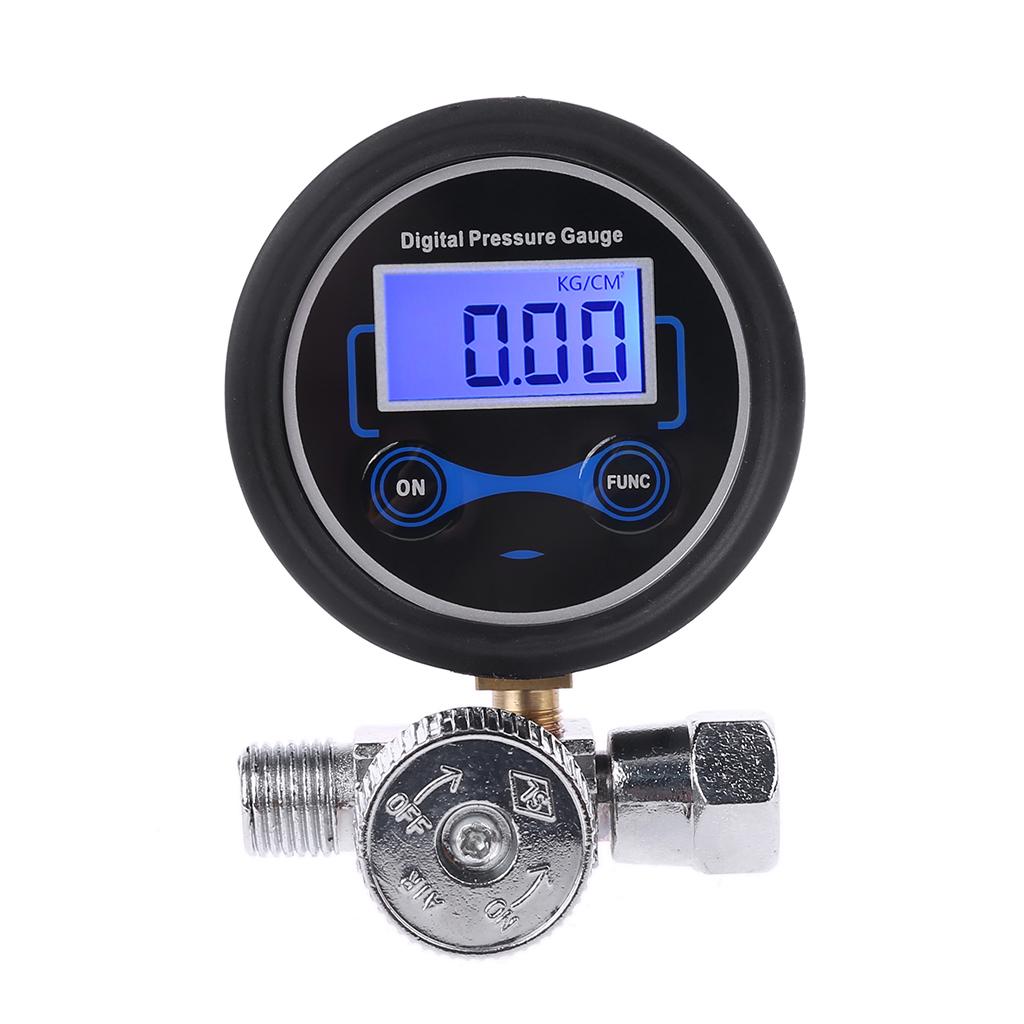A device that is specifically designed for pneumatic systems to hold the output air pressure in them is termed a digital Pneumatic Regulator. It is also known as pressure-reducing valves that are typically used for pneumatic air compressors. They remove fluctuations in the air and are adjustable to provide constant pressure throughout the system. The key feature of an electronic pressure regulator is that outlet pressure is always less than the inlet pressure. These pressure regulators can deliver a quick response and precise pressure regulation for the most demanding industrial applications. They ensure that compressed air is not wasted in a pneumatic system.
The function of the digital pressure regulator:
The primary function of the digital Pneumatic Regulator is to control constant output pressure under various input pressures and output flows throughout the system. Generally, pressure regulators are used for different fields that include home, medical and industrial applications such as home furnaces, oxygen tanks, anesthesia gases, and pneumatic automation systems. To install electronic pressure regulators for your system is too extensive as it will increase air usage and waste energy. Hence, properly sizing and setting your pressure throughout the system is critical for efficient air consumption. To select a pressure regulator for your pneumatic vale system do the following additional consideration include:
- Performing pressure for outlet and inlet in the system
- Maximum flow that required for your pneumatic system
- Necessary requirements for additional pneumatic valve components
Features of an electronic pneumatic regulator:
Furthermore, digital pressure regulator is simulated for a range of fluid, gas, and air applications in the indsutries. They are comes in numerous layouts, but all types have the same three functional elements:
- Pressure reducing element – It reduces or restricts pressure
- A sensing element – A component that senses pressure
- A reference force element – A control element that force pressure to control.
Working of digital Pneumatic Regulator:
When it comes to work, the force component delivers a force that helps to open the reducing element. Pressure presented into the inlet port then allows to flows via the valve and after that it presses against the sensing element. The regulated pressure works on the sensing element to creates a force resisting the spring force and closes the regulator.
Commonly, the sensing element acts as a a piston or diaphragm. Pistons are the best for higher outlet pressures when the outlet pressures throughout the system are not held to a tight tolerance. Diaphragms are typically used to increase the accuracy in low-pressure applications in the industries.
Applications for electronic pressure regulator:
There are a number of applications for Digital Pneumatic Regulator because of the fact that the primary purpose of these regulators is to provide closed loop pressure control. Also, they can relate to multiple industries and applications.
Some common applications of an electronic pressure control include:
- Direct control of pressurised air and inert gases.
- Function of small bore cylinders.
- Medical/analytical applications.
- Leak testing.
- Packaging.
Things to consider when you are choosing a pressure regulator:
- Inlet pressure
- Outlet pressure
- Connection port sizes
- Flow rate
- Operating temperature
- Size and weight requirements









































